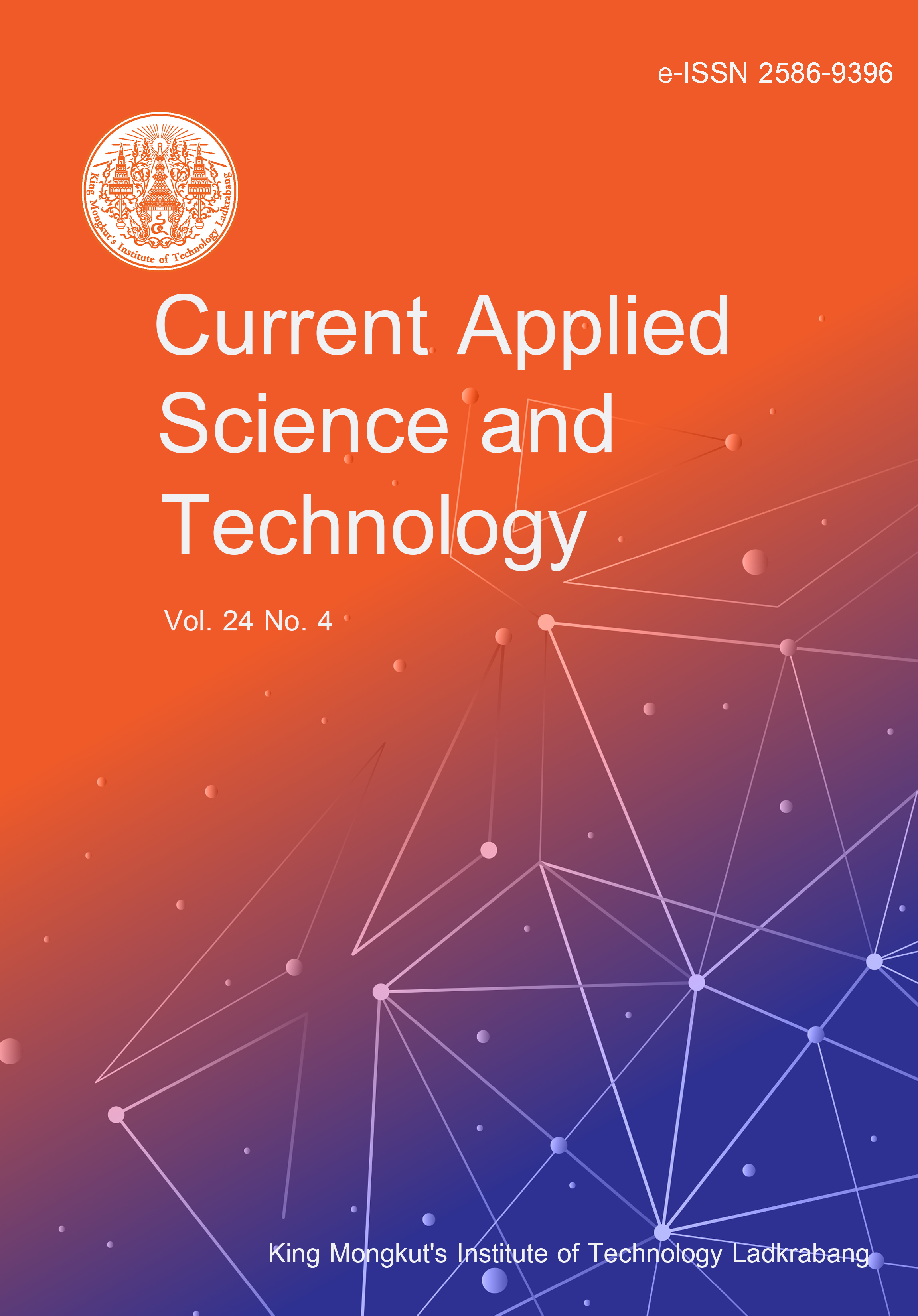This review discusses the application of the population genetic approach in elucidating the deployment of insecticide resistance to mosquito vectors. Although there have been a lot of scientific work describing population genetic research and insecticide resistance, a study focusing on the spread of insecticide resistance using the population genetic approach needs to be done. Population genetics explains how a population is diverse in response to fitness and the cost of environmental factors. Thus, readers can relate this process to how insecticides spread in the population. Additionally, some fundamental mechanisms of insecticide resistance are also covered. As successive reproduction of advantageous phenotypic traits, such as resistance depends on many factors including continuous pressure, recombination rate, migration rate, genetic drift, and so on. Currently, genome-wide association studies involve chromosome-wide SNPs in which recombination hotspots occur or microsatellite flanking region of resistance gene target in which the fixation process can potentially serve as a suitable marker for elucidating the deployment. The information provided in this review to facilitate how the susceptible individual still exists despite the predominance of resistant individuals and how the resistance reverts to the vulnerable state.
Chakim, I. ., Kristini, T. d. ., Sayono, , & Mifbakhudin, (2024). Understanding the Spread of Insecticide Resistance through Population Genetic Approach: A Review. CURRENT APPLIED SCIENCE AND TECHNOLOGY, e0256878. https://doi.org/10.55003/cast.2024.256878

